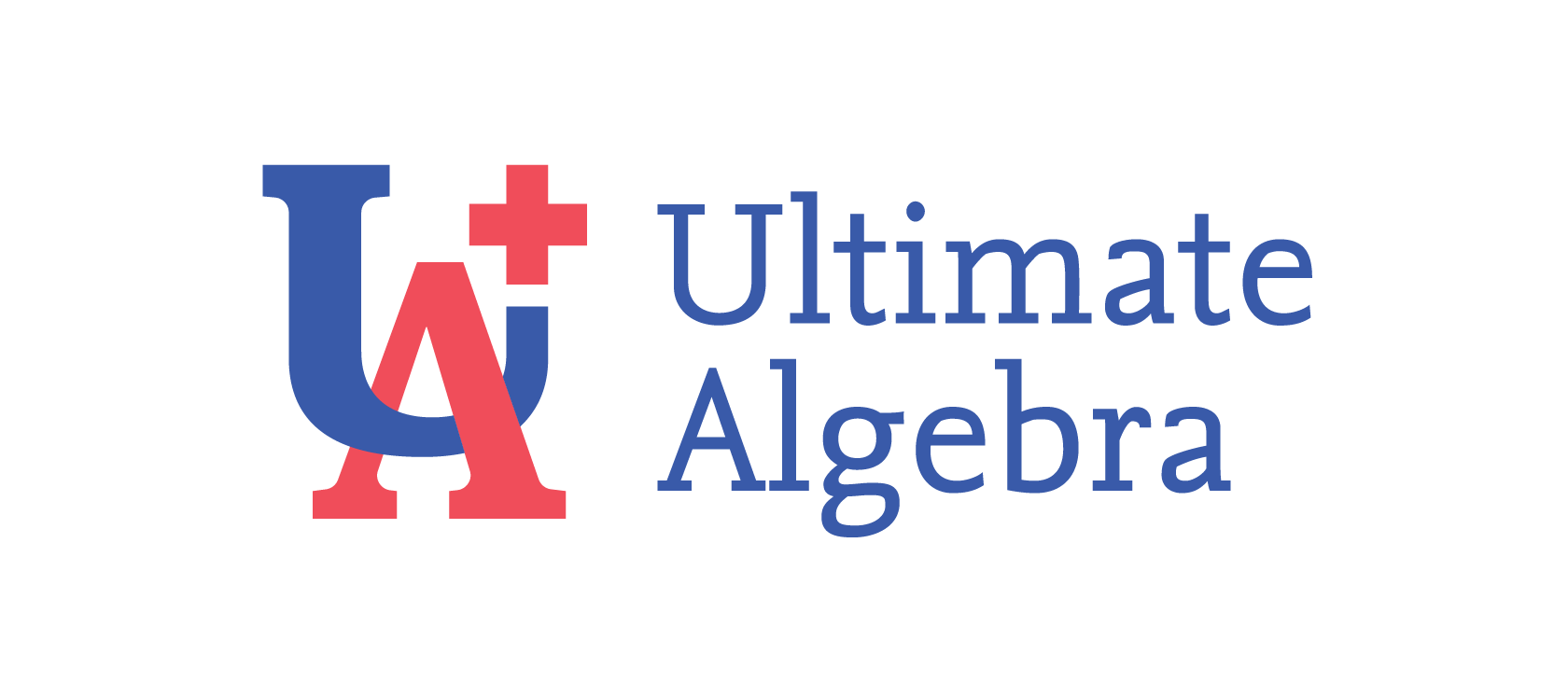Properties of Parallel lines
Video Transcript - Properties of Parallel Lines
Welcome to another video from UltimateAlgebra.com. In this video we will be learning the Properties of parallel lines.
Two lines are said to be parallel if they are always the same distance apart and never meet. These two lines are parallel. You will notice that the distance between these lines are always the same. Also when you extend these lines even to infinity they will never meet. To show that two lines are parallel, sometimes we use similar marks for both lines
The idea of parallel lines brings about some important properties that help in solving some questions.
Transversal of Parallel Lines
When we draw a line that crosses these two lines, we call the line a transversal. Please note that a transversal does not only cross parallel lines. It can cross any two lines.
When we have a transversal of parallel lines like this, we can deduct three important things from it.
- Corresponding angles are equal
- Alternate angles are equal
- Co-interior angles are supplementary
Let’s start with Corresponding angles. Let’s label the angles formed so we can easily know what we are talking about. Corresponding angles are angles that occupy the same relative position in an intersection.
Example the angle B is on the top right corner of the intersection here, and the angle F is also on the top right corner of this intersection. We can say that these angles are corresponding and therefore they are equal.
We can say that angle D and H are also equal because they are both on the lower left corner. They are corresponding angles.
With the same idea, we can say that angles A is equal to angle E.
Angle C and G are also corresponding and therefore equal.
Next let’s look at Alternate Angles,
We start with alternate interior angles. Alternate interior angles are equal. Let’s redraw the whole diagram to make it cleaner. The four angles between the parallel lines are the interior angles. That is C, D, E and F. Alternate interior angles are interior angles on opposite sides of the transversal. So here angle D is equal to angle F. Notice that they are on opposite sides of the transversal.
Angle C and E are alternate interior angles and therefore are equal. Notice they are on opposite sides of the transversal.
Now let’s talk about alternate exterior angles. The exterior angles are a, b, h and g. Alternate exterior angles are equal. Alternate exterior angle follows the same idea as alternate interior angles. Angles on the opposite side of the transversal are equal. So because angle B is on the right of the transversal and angle H is on the left, they are equal.
Again angle A and angle G are alternating exterior angles and therefore are equal.
Finally, we look at co-interior angles. Co-interior angles add up to 180 degrees. We know what interior angles are already. Co-interior angles are interior angles that are in the same side of the transversal. Let’s bring a cleaner diagram. Here angle D and angle E are co-interior angles. Notice that they are both on the right side of the transversal. So we can say that D + E = 180
Again, angle C and angle F are co-interior angles. Therefore C + F = 180.
It is important you know the names because questions are asked on them.
Solving problems with this is actually easier than remembering the name. We will show a simple way to master the use of these properties to solve problems.
Let’s end this video here. Have a great day. Good bye.

